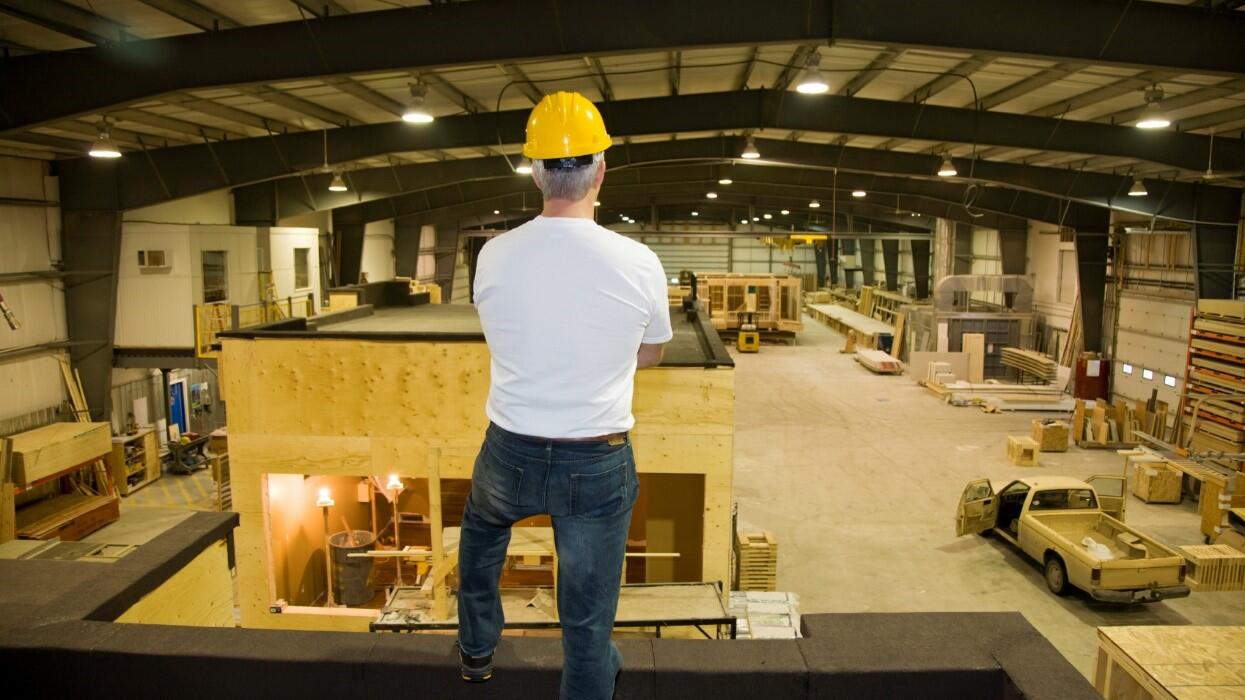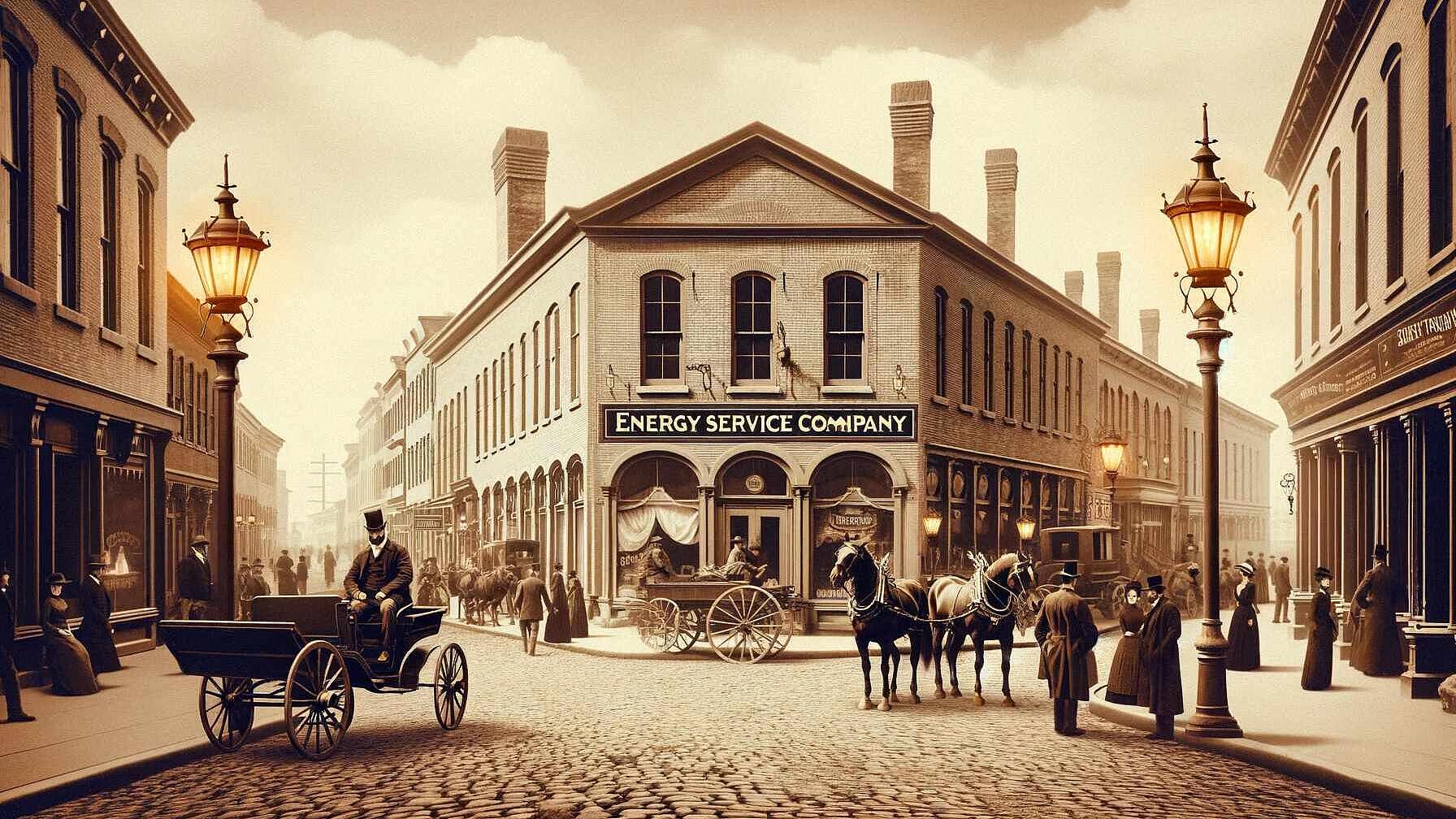 Buildings & Transport
Buildings & TransportRedefining energy efficiency in new construction programs
Summary
In too many cases, utility new construction programs only consider energy efficiency (EE) when providing incentives for new construction. This leaves a lot of untapped opportunities (and money) on the table for utilities and their customers. New construction programs will need to go beyond just EE, and look at what type and how many electric vehicle chargers should be incorporated, how much solar should be on the roof, and how these systems and other smart devices within the building best integrate with the grid. With energy codes becoming stricter and LED lighting and controls becoming code-required, it will become increasingly difficult to rely on prescriptive
With certain HVAC and chiller measures, some of the code baselines have become so efficient that manufacturers are having difficulty making code-compliant equipment, let alone anything more efficient than code. The industry is changing rapidly as we dive deeper into the Internet of Things era - and we all need to adopt an agile mindset, we need to.
Open full article
Redefining energy efficiency in new construction programs
First published here.
When it comes to integrating the latest technologies and efficiencies into a facility, nothing provides a cleaner slate to work with than a new facility. But in too many cases, utility new construction programs only consider energy efficiency (EE) when providing incentives for new construction; such things as demand response and renewable energy are siloed – leaving a lot of untapped opportunities (and money) on the table for utilities and their customers.
With both buildings and the electric grid going through transformative changes in this new century – requiring them to become more ‘smart’ and resilient – utilities have the opportunity to start thinking more strategically. Clearly, the design and construction phases of a new building provide the most cost-effective opportunity for both utilities and building owners to invest in resiliency, grid inter-connectedness, efficiency, and smart systems.
But going forward, utility new construction programs will need to go beyond just EE, and look at what type and how many electric vehicle chargers should be incorporated, how much solar should be on the roof, what type and size battery the building should have, and how these systems and other smart devices within the building best integrate with the grid.
With energy codes becoming stricter and LED lighting and controls becoming code-required, it will become increasingly difficult to rely on prescriptive and even custom measures to achieve program goals. There currently is no available lighting technology that is more cost effective and efficient than LEDs, and likely won’t be anytime soon. Likewise, with certain HVAC and chiller measures, some of the code baselines have become so efficient that manufacturers are having difficulty making code-compliant equipment, let alone anything more efficient than code.
What if the goal of new construction programs is changed from incenting energy savings to incenting buildings to stay below relevant kWh consumption thresholds? What if the goal promotes resiliency and grid-integration technologies? Though the regulatory environments are not yet set up to easily allow these changes, they seem like the next logical step for the industry.
By looking at kWh consumption limits instead of kWh savings, the focus can be expanded from simple EE savings to defining the most optimum operating limits for a dynamic, networked system. These kWh consumption levels could be climate-zone and industry-specific, and the on-site storage and renewable energy systems and other grid-connected or networked systems, could then be optimized based on the needs of the grid.
So how do we get there? Running small-scale pilots is a good way to begin, and several forward-thinking utilities already are paving the way. The industry is changing rapidly as we dive deeper into the Internet of Things era – which means we all need to adopt an agile mindset, and start bridging the gap between buildings and the grid.
Visit our New Construction site to learn more about our services.
_____________
Related articles
- IoT - Equipped LED lighting systems enhance energy efficiency. By Jayne Keynes
- The hidden benefits of solar powered energy. By Kerry Kilpatrick
Stay tuned! Best ideas for energy efficiency and energy transition...
About the author
Tiina Aardemae is a senior engineer with DNV GL, and has been working in energy efficiency and sustainability since 2009. Her experience includes technical strategy, new construction, energy efficiency program design and implementation, quality management systems, data management, and software product management. She is also a Quality Management Systems Auditor, LEED® Accredited Professional and a Certified Scrum Product Owner®. Prior to joining DNV GL, Ms. Aardemae worked as a distribution grid engineer and utility customer project manager. Outside of work, Ms. Aardemae enjoys cycling, trail running, eco-travel, and learning about passive house and zero net energy. To join Ms. Aardemae's professional network on LinkedIn click here.



